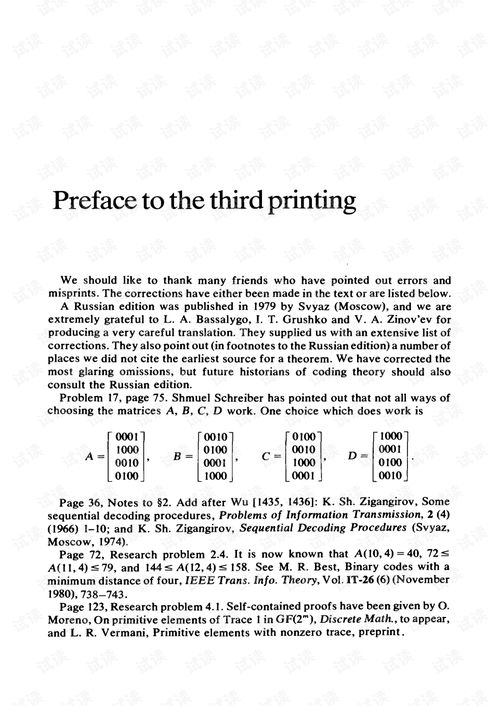Content:
Introduction: Fishing, an ancient pastime, has been a source of relaxation and sustenance for generations. One of the most fundamental skills in fishing is learning how to use a hook effectively. Whether you're a seasoned angler or a beginner looking to cast your line into the water, understanding the art of hooking a fish is crucial. In this article, we will delve into the essential techniques for using hooks to fish successfully.

Choosing the Right Hook: The first step in mastering the art of hooking a fish is selecting the appropriate hook. Hooks come in various shapes, sizes, and materials, each designed for specific types of fish and fishing environments. Here are some factors to consider when choosing a hook:
- Fish species: Different fish have different mouth shapes and sizes, so choose a hook that matches the species you're targeting.
- Bait type: The size and shape of the hook should complement the bait you're using. For example, a larger hook is suitable for chunkier baits, while a smaller hook is better for live bait or artificial lures.
- Environment: Consider the water conditions, such as clarity and depth, when selecting a hook. Clear water may require a finer hook to avoid spooking fish, while deeper waters may call for a stronger hook to withstand the pressure.
Attaching the Bait: Once you've chosen the right hook, it's time to attach the bait. Here's a step-by-step guide to ensure a secure and effective hook-up:
- Make sure the hook is clean and sharp. A dull hook can cause injury to the fish and may not hold the bait properly.
- Place the bait on the hook's shank (the straight part of the hook) and position it where you want it to be when the fish bites.
- For live bait, such as worms or minnows, thread the hook through the bait's mouth or gills to secure it. For artificial lures, follow the manufacturer's instructions for proper attachment.
- If using a soft plastic bait, such as a worm or grub, you can either thread it onto the hook or use a bait holder to keep it in place.
Presenting the Bait: The way you present your bait can significantly impact your chances of catching fish. Here are some tips for successful bait presentation:
- Cast your line gently and allow the bait to sink naturally. Avoid jerking or twitching the line, as this can spook fish.
- If you're fishing in a current, cast upstream and let the current carry your bait downstream to the fish.
- For still waters, cast out and let the bait drift back to you. Adjust the speed and direction of the drift to mimic the natural movement of the bait.
- When using artificial lures, experiment with different retrieves and presentations to see what works best for the fish you're targeting.
Hooking the Fish: Once a fish takes your bait, it's crucial to set the hook properly to ensure a successful catch. Here's how to do it:
- As soon as you feel a tap or a pull on the line, set the hook immediately. Delaying can result in the fish spitting out the bait.
- For live bait, simply pull the rod tip up sharply to set the hook. For artificial lures, you may need to give a quick yank or a series of twitches to ensure the hook is securely in the fish's mouth.
- Once the hook is set, play the fish by guiding it away from structures and obstacles. Keep tension on the line but avoid reeling in too quickly, as this can cause the fish to break free.
Reeling in the Catch: Finally, it's time to reel in your catch. Here are some tips for a smooth and successful landing:
- Keep a steady and gentle pressure on the line to tire the fish without causing injury.
- If the fish becomes tired, give it a moment to rest before continuing to reel it in.
- Once the fish is close to the boat or shore, use a net to safely land it. Avoid lifting the fish by its mouth, as this can damage its teeth and jaw.
Conclusion: Using hooks to fish is a skill that takes practice and patience to master. By following these essential techniques, you'll be well on your way to becoming a proficient angler. Remember to always respect the fish and the environment, and enjoy the tranquility and thrill of hooking a fish. Happy fishing!












